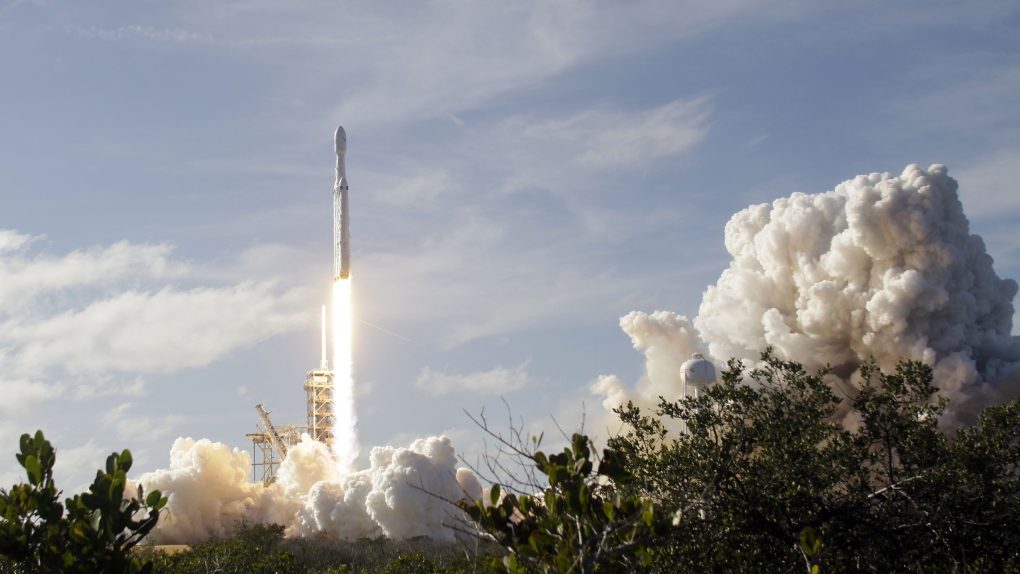Monday was supposed to be the day that NASA’s exoplanet-hunting TESS satellite rode into space aboard a SpaceX Falcon 9, but the launch was scrubbed at the last minute due to some unforeseen (and pretty vague) technical hiccups. Now, with two extra days to “conduct additional GNC analysis,” the launch will be attempted once again tonight. As always, SpaceX will be hosting a live stream of the event so we can all stare slack-jawed at how awesome rockets are.
The exact circumstances around the cancelled launch of the TESS spacecraft on Monday are still a bit hazy, but SpaceX said it needed to look into some of its most crucial launch systems — the “GNC” in the statement stands for “guidance, navigation and control,” which are all obviously vital to a successful launch. Nevertheless, it appears everything is once again in working order, but we’ll find out for sure when the rocket heads skyward tonight at 6:30 pm EDT.
The rocket will take off from Cape Canaveral Air Force Station in Florida and, if everything goes according to plan, the rocket’s first stage will float back down to Earth and land on SpaceX’s drone ship positioned in the Atlantic for later refurbishing and reuse.
The company will also attempt to recover the two halves of the rocket’s nosecone, called fairings. As you might remember, SpaceX has attempted this twice already and failed both times. However, this time around SpaceX won’t attempt to catch the fairings as they fall, but rather will pick them up after they splash down in the ocean. The fairings are equipped with large parachutes which should ease their descent, and hopefully leave them in good enough shape that they can be reused later.
NASA’s TESS, which stands for Transiting Exoplanet Survey Satellite, is designed to hunt for evidence of exoplanets far off in space. Hunting for far-off alien worlds has become a big deal in recent years, with dozens of exoplanet discoveries coming on a seemingly monthly basis. As humanity begins to dream of visiting other planets on a large scale, discovering potentially habitable worlds in other star systems may be mankind’s best hope for survival on a longer scale.
If you want to watch the launch live, the video window above will spring to life shortly before the launch is scheduled to take place. As is customary, SpaceX will provide commentary during the lead-up to the launch and explain exactly what is going on as the rocket heads into space.








